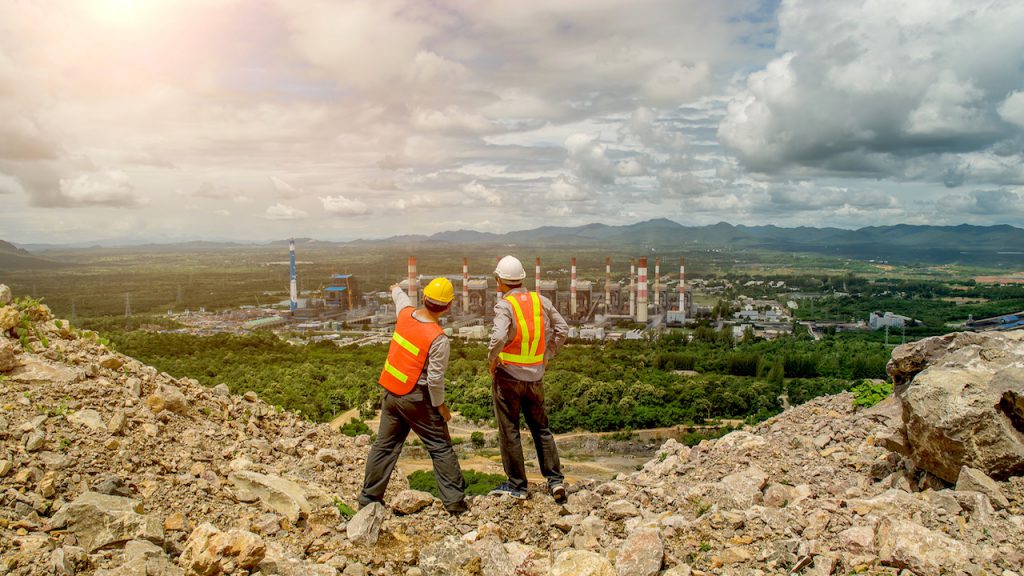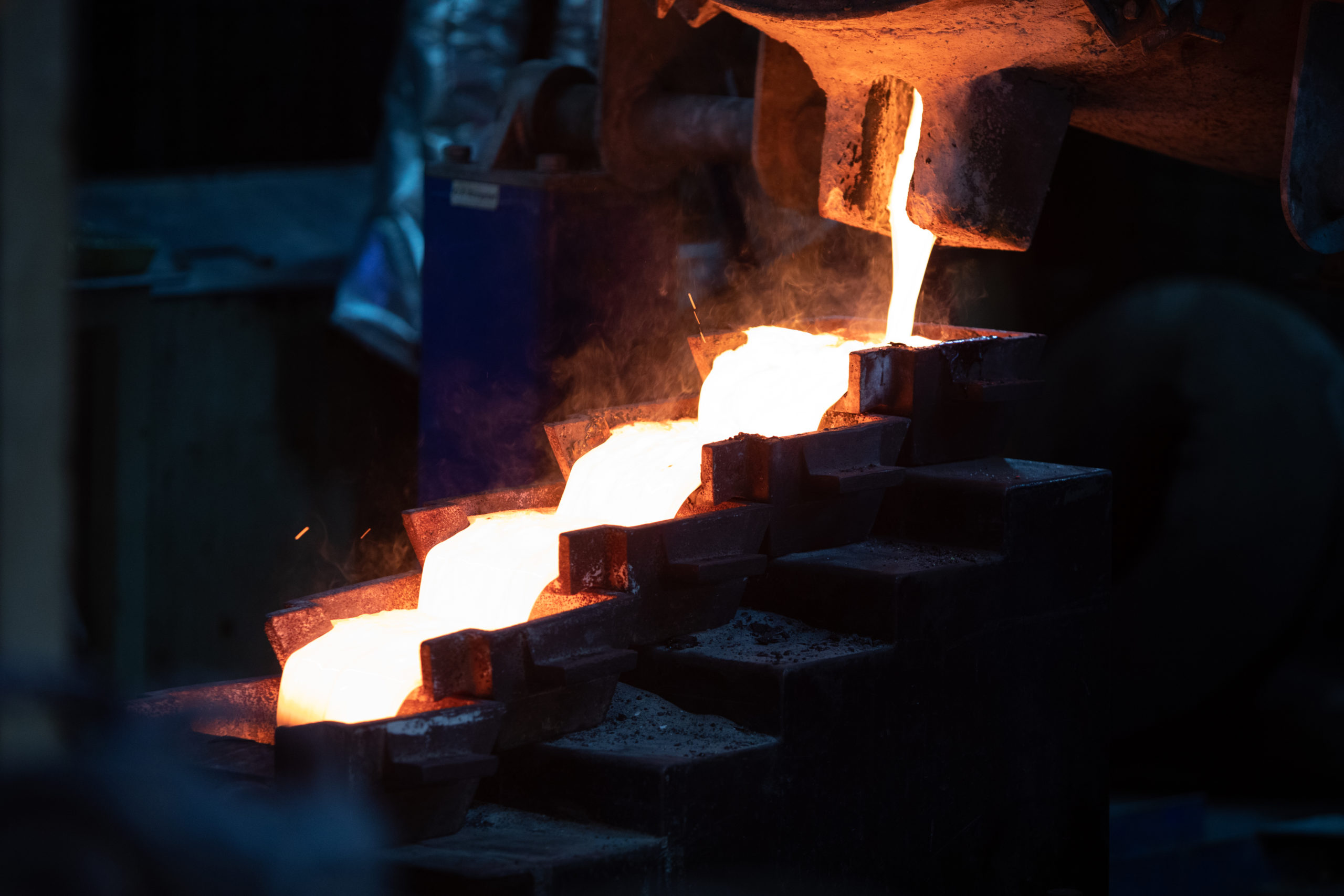IEA’s roadmap shows difficult journey to net zero: Kemp

(The opinions expressed here are those of the author, John Kemp, a columnist for Reuters.)
Polarised responses to the International Energy Agency report on achieving net zero emissions by 2050 reveal the enormous challenges of the goal and differences about whether it is realistic in the timeframe.
Like the Rorschach inkblot test, reactions to the report reveal more about the reader’s own views on how energy and climate systems change than about the technical contents of the report itself.
In the last year, an increasing number of governments have pledged to achieve net zero by 2050 or 2060, covering 70% of worldwide emissions
Reducing net emissions to zero by mid-century is consistent with the goal of limiting the long-term increase in average global temperatures to 1.5 degrees Celsius (2.7°F) to which global policymakers have committed themselves.
In the last year, an increasing number of governments have pledged to achieve net zero by 2050 or 2060, covering 70% of worldwide emissions (“Net zero by 2050: a roadmap for the global energy sector”, IEA, 2021).
But in the short term, emissions are on a rising trend, notwithstanding a temporary decline during the covid-19 pandemic, putting the world a long way off track.
“The gap between rhetoric and action needs to close,” the IEA said when it launched the report in May, adding it will require “a total transformation of the energy systems that underpin our economies”.
An energy pathway
The report is the agency’s official input into the next round of climate change negotiations to be hosted by the United Kingdom towards the end of 2021.
It sets out more than 400 milestones to transform the global energy system from one dominated by fossil fuels to one predominantly based on renewables in the next 30 years.
The agency said the report, which it described as a roadmap for the global energy system, represents “a path, not necessarily the path”.
But it believes the plan is the most technically feasible, cost‐effective and socially acceptable route to net zero while ensuring continued economic growth and secure energy supplies.
“Our pathway requires vast amounts of investment, innovation, skilful policy design and implementation, technology deployment, infrastructure building, international co‐operation and efforts across many other areas.”
“[The] pathway remains narrow and extremely challenging” but it is feasible provided governments, businesses, investors and citizens “take action this year and every year after so that the goal does not slip out of reach”.
By contrast, Saudi Arabia’s energy minister dismissed the pathway as sequel to the film La La Land, expressing in public doubts about its practicality that many energy producers share in private.
After studying the milestones, many traditional energy producers have questioned whether they can possibly be achieved in three decades.
Aspirations
The transformations envisaged in the roadmap imply a rate of change in the global energy system that would be unprecedented.
As a result, the roadmap is best described as an aspirational goal or stretch target. The Rorschach test is whether that makes it challenging or impractical.
Is it better to declare an ambitious goal in public to stimulate exceptional effort, even if the policymaker privately knows it may not be achieved fully, or set a less ambitious goal that is more credible and convincing?
Responses tend to divide based on how quickly the reader believes energy systems transform; whether political leadership or intrinsic system inertia is more important; and whether climate change must take absolute priority or be balanced against other goals.
In terms of the timeframe, the three decades between now and 2050 to achieve net zero can be perceived as either a very long time or a very short one.
The last three decades before the pandemic (1989-2019) encompassed momentous changes, including the end of the first cold war, dissolution of the Soviet Union, rise of China, start of a second cold war, and rise of the internet.
Earlier in the last century, three decades (1914-1944) encompassed two world wars, end of a European dominated world order in favour of the United States and Soviet Union, and the rise of the internal combustion engine.
But energy systems are characterised by lots of long-lived assets for production, distribution and consumption that tend to change much more slowly.
Most oilfields, gas fields, refineries, pipelines, electricity generating stations, power grids, local electricity and gas distribution systems, road networks, railroads, and airports in use in 1989 were still in use in 2019.
Small-scale micro changes in energy sub-systems, such as the replacement of steam locomotives by diesel, or replacement of manufactured town gas by natural gas, have often occurred over a couple of decades.
Even then, however, transitions take longer than most observers realise. Dieselisation of U.S. railroads was largely completed in 20 years (1940-1960) but development of the diesel engine had already been underway for more than 40 years since the 1890s.
By contrast, large-scale macro changes in the global energy system as a whole, such as replacement of traditional biofuels by coal and later oil, have typically taken 50-100 years from start to finish.
Changing course
The roadmap is even more ambitious because it envisages changing not just the speed with which the energy system is changing but its entire trajectory.
If the global energy system is like a supertanker, characterised by lots of inertia, accelerating or stopping the vessel is hard, but fundamentally altering its course by 120° or 180° while it is underway is much trickier.
In the past, global energy consumption has tended to increase together with the growth in population, increasing urbanisation and rising incomes, especially in developing countries.
READ ALSO: Metals price rally could hamper switch to green energy — IEA
In the last three decades before the pandemic (1989-2019), global energy consumption increased at a compound annual rate of 1.8%, while energy consumption per capita increased by 0.5% per year.
But in the next three decades (2019-2050), the roadmap envisages energy supply will decline at an average annual rate of 0.4%, while per capita consumption would fall by 1.1% per year.
In the roadmap, global energy supply declines even though the global population is expected to rise by 0.8% per year and real income per capita is forecast to increase by 2.0% per year.
Whether this makes the IEA roadmap an ambitious pathway or an unrealistic fantasy is a matter of perception, like the Rorschach test, and views can and do vary.
Is the roadmap a description of what should happen to achieve net zero, or a description of what would need to happen to achieve net zero?
Do the ambitious milestones in the roadmap prove the net zero goal is still just about achievable, or has already slipped out of reach?
(Editing by Barbara Lewis)
More News
{{ commodity.name }}
{{ post.title }}
{{ post.date }}




Comments